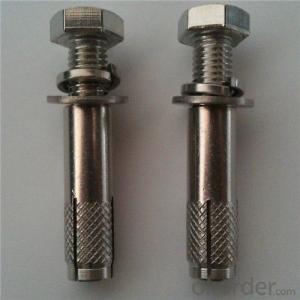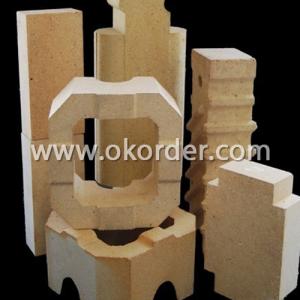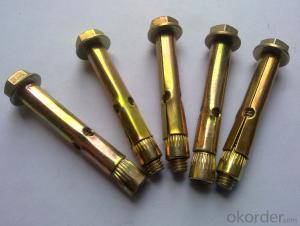Anchor Solar Inverter
Anchor Solar Inverter Related Searches
100w Solar Panel With Inverter Best Solar Panel Inverter 5000 Series Cast Aluminum Plate Portable Solar Panel Inverter First Solar Series 6 Module 12 Volt Solar Panel Inverter Plastic Solar Lanterns Buy Solar Panel Inverter Solar Panel Inverter Cost Solar Panel Without InverterHot Searches
Type Of Inverter For Solar Types Of Inverter For Solar Used Solar Inverter For Sale Inverter Size For Solar System Solar Edge Inverter For Sale 5kw Solar Inverter For Sale Solar Inverter For Sale Solar Inverter For Battery Solar Inverter For Split Ac Solar Inverter For Laptop Solar Inverter For Fridge Solar With Inverter Price Solar Inverter With 2 Battery Solar Inverter Price In China Best Solar Inverter In China Solar Inverter Price In Dubai Solar Inverter Price In Uae Solar Inverter Price In Kenya Solar Inverter Price In Kerala Solar Hot Water Collectors For SaleAnchor Solar Inverter Supplier & Manufacturer from China
Okorder.com is a professional Anchor Solar Inverter supplier & manufacturer, offers integrated one-stop services including real-time quoting and online cargo tracking. We are funded by CNBM Group, a Fortune 500 enterprise and the largest Anchor Solar Inverter firm in China.Hot Products
FAQ
- Yes, a solar inverter can be used with battery storage. In fact, integrating a solar inverter with battery storage systems allows for storing excess solar energy generated during the day and using it at night or during times of high energy demand. This combination enables greater energy independence and the ability to use renewable energy even when the sun is not shining.
- Yes, a solar inverter can be installed in a multi-storey building. The installation of a solar inverter in a multi-storey building is possible and depends on various factors such as the availability of suitable roof space, electrical infrastructure, and compliance with local regulations. It is essential to consult with a professional solar installer to assess the feasibility and design a tailored solar energy system for the specific building.
- There are several advantages of using a three-phase solar inverter. Firstly, it allows for a more balanced distribution of power between the three phases, resulting in a more efficient use of electricity. This can lead to increased energy production and savings. Additionally, three-phase solar inverters provide a higher power output compared to single-phase inverters, making them suitable for larger installations. They also offer enhanced voltage stability and improved grid integration, ensuring a reliable and stable power supply. Overall, the use of a three-phase solar inverter can optimize energy generation, improve system performance, and provide greater flexibility for solar installations.
- A solar inverter should have certifications such as UL 1741, IEC 61727, IEC 62109, and IEEE 1547. These certifications ensure that the inverter meets safety, performance, and grid compatibility standards for reliable and efficient operation in solar power systems.
- A solar inverter is equipped with various protective features to handle grid faults and disturbances. It continuously monitors the grid voltage and frequency, and in the event of a fault or disturbance, it reacts quickly to ensure the safety of the system and prevent any damage. The inverter's built-in protection mechanisms, such as overvoltage and overcurrent protection, allow it to disconnect from the grid when necessary. This protects the inverter and the solar panels from potential harm caused by grid faults. Additionally, some advanced solar inverters offer features like anti-islanding protection, which prevent the inverter from feeding power into the grid during a fault or disturbance, further ensuring the stability and reliability of the system.
- A solar inverter is an electronic device that converts the direct current (DC) electricity generated by solar panels into alternating current (AC) electricity, which is suitable for use in homes, businesses, and the electrical grid.
- The role of a solar inverter in a community solar project is to convert the direct current (DC) electricity generated by the solar panels into alternating current (AC) electricity that can be used to power homes and businesses. It also ensures that the electricity is synchronized with the utility grid and optimizes the efficiency of the solar power system.
- Indeed, various grounding materials can be employed in conjunction with a solar inverter. Nevertheless, it is crucial to verify that the grounding system aligns with the manufacturer's prescribed specifications and guidelines for the specific solar inverter. The selected grounding materials must adhere to the essential safety standards and furnish adequate electrical grounding for the solar setup. It is advisable to seek guidance from a certified electrician or solar expert to ascertain the fitting grounding materials for your particular solar inverter and installation.















































